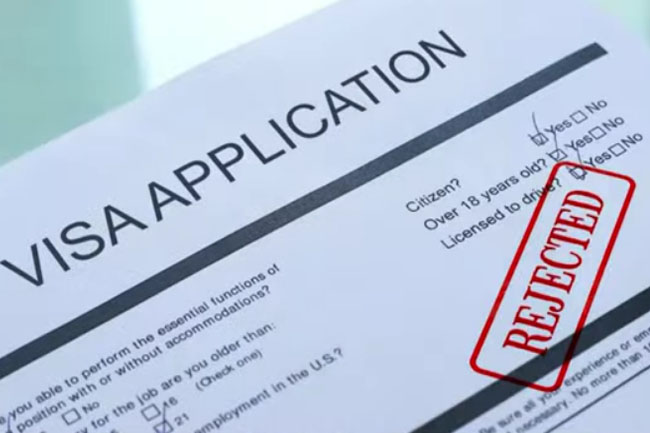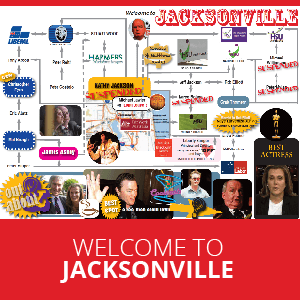There are 473,000 people in Australia who are unaccounted for and but their identity is important if we are to avert a humanitarian disaster, writes Abul Rizvi.
MINISTER FOR Population, Cities and Urban Infrastructure Alan Tudge says there were 2.17 million temporary entrants in Australia in early April 2020. He explains that 1.697 million of these are New Zealand citizens, students, tourists, working holidaymakers and skilled temporary entrants.
But who are the remaining 473,000?
This is an important question as it will determine how many of these people are likely to retain jobs over the next six months, how many may leave and how many may become destitute.
Based on the data published to end December 2019, a likely breakdown of the 473,000 in early April is as follows:
Temporary graduates
These are overseas students who have completed their courses and have accessed this 2-4 year post-study work rights visa. They are likely to have numbered around 110,000 by early April. As they are not employer-sponsored, they must find a job to survive. While a substantial portion of temporary graduates who have the funds will leave, many will neither find a job or be able to get home.
Other temporary entrants
These are mainly people who have some employment (for example, seasonal workers from Pacific Islands) or training connection with Australia. They are likely to have numbered around 50,000 in early April. As they have some links to an existing employer or training institution, they will be slightly better placed than most temporary graduates.
Crew and transit
With the decline in international travel, the number of people with such visas will have declined, possibly to around 15,000 by early April. Many will be involved in the movement of cargo and hence will continue to have a job.
Temporary protection visa holders
Part of the legacy caseload of irregular maritime arrivals from 2008-2013, there are likely to have been around 18,000 temporary protection visa holders in Australia in early April 2020.
This leaves one major category unaccounted for — bridging visa holders. These are people who have applied for a further visa after arrival but for whom that visa has not yet been finalised.
With the paralysis of visa processing in the Department of Home Affairs, together with general loss of control over the visa system, the number of people on bridging visas has been steadily rising over the past decade from just over 102,000 at end December 2012 to over 216,000 by end December 2019.
By deduction, it is likely the number of bridging visa holders in Australia in early April was in excess of a record 270,000. But who are these people likely to be?
To begin with, there are likely to be around 100,000 people who arrived in Australia in the last five to six years on tourist visas, mainly from Malaysia and China, and have applied for asylum. These people have minimal support and are likely to be working either in agriculture or hospitality. While those working in agriculture may be able to continue working, that will mostly be in highly exploitative conditions. Those conditions will have been made worse by the economic downturn.
Very few of these people is likely to leave in the next six to 12 months. Few of those who have been refused asylum are being returned or removed by Home Affairs. This is likely the result of general paralysis and a lack of resources.
Of all temporary entrants in Australia, these people will be the most vulnerable.
There will also be people who entered on temporary or tourist visas and then applied (in early April) for either a:
- parent visa (temporary or permanent) — these people should generally have some degree of support and are highly unlikely to leave Australia (this figure is well in excess of 40,000); or
- partner visa — with the Australian Government (most likely, illegally) limiting the number of partner visa places, an increasing number of Australian citizens and permanent residents who have a relationship with a non-citizen have applied for onshore partner visas and are also unlikely to leave (likely to number in excess of 60,000).
Finally, there appears to have been a surge of other people applying for onshore visas in the past three months. The bulk of these is likely to be students and temporary graduates.
While some will get jobs and others will have enough money to get home, unless the Federal Government acts, a very large portion will become destitute, reliant on charities and sleeping rough.
The additional funds the Government has provided to charities and the help universities are providing to students will not be enough to avert a humanitarian disaster.
Abul Rizvi is an Independent Australia columnist and a former Deputy Secretary of the Department of Immigration, currently undertaking a PhD on Australia’s immigration policies. You can follow Abul on Twitter @RizviAbul
 This work is licensed under a Creative Commons Attribution-NonCommercial-NoDerivs 3.0 Australia License
This work is licensed under a Creative Commons Attribution-NonCommercial-NoDerivs 3.0 Australia License
Support independent journalism Subscribe to IA.












